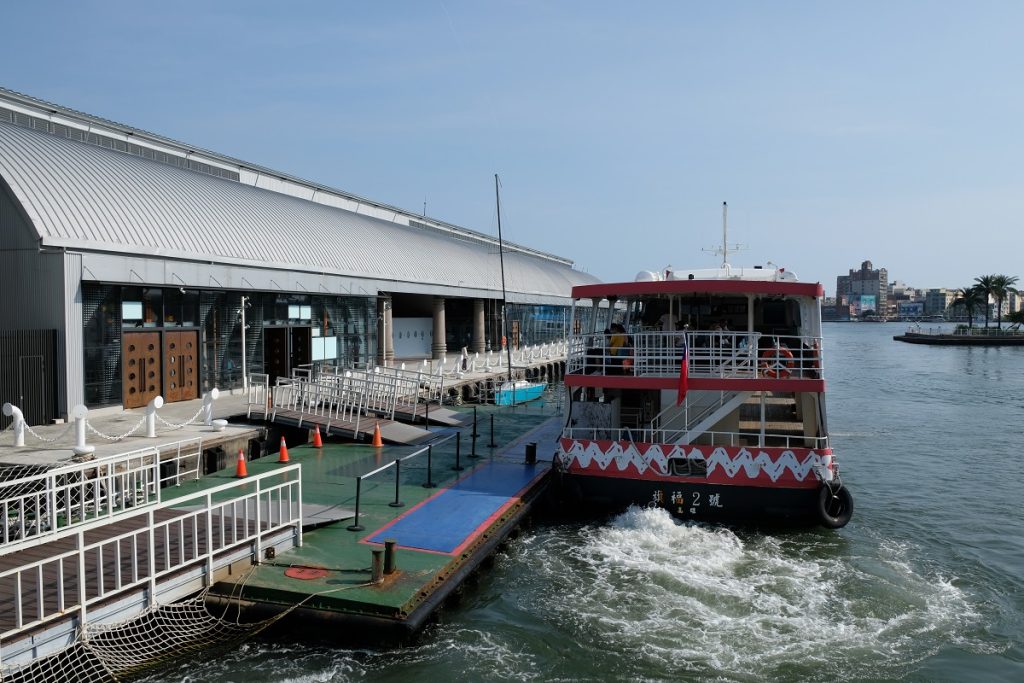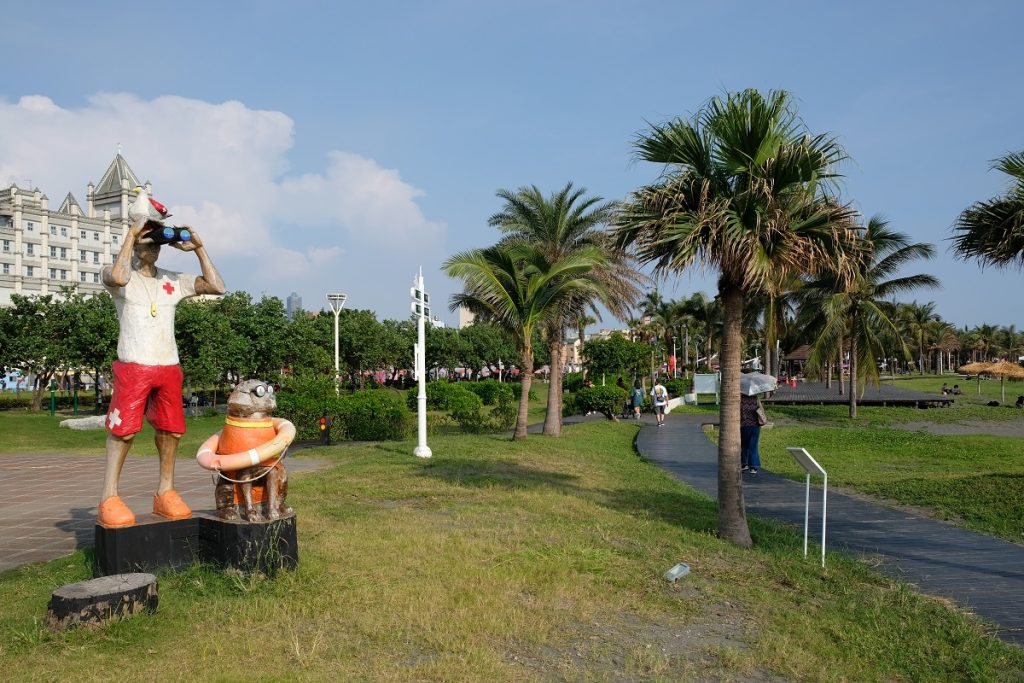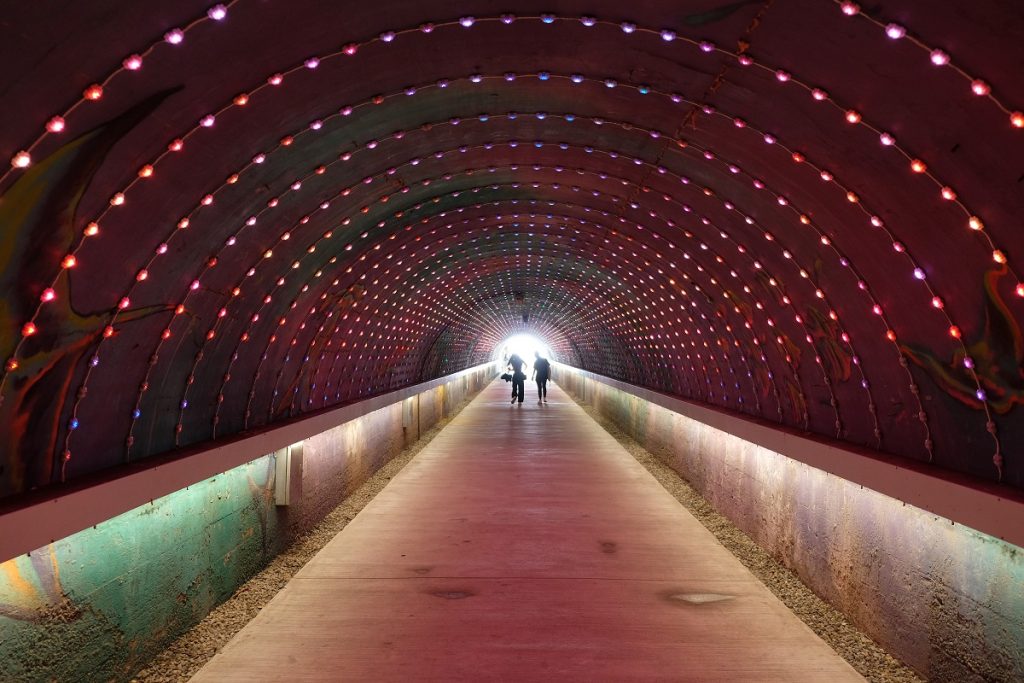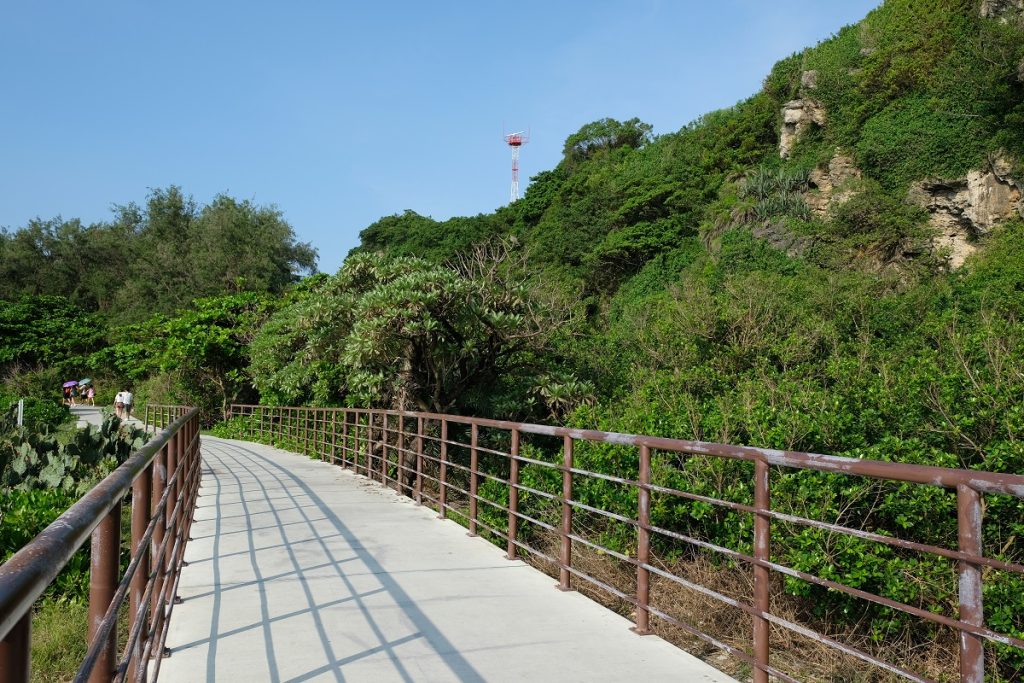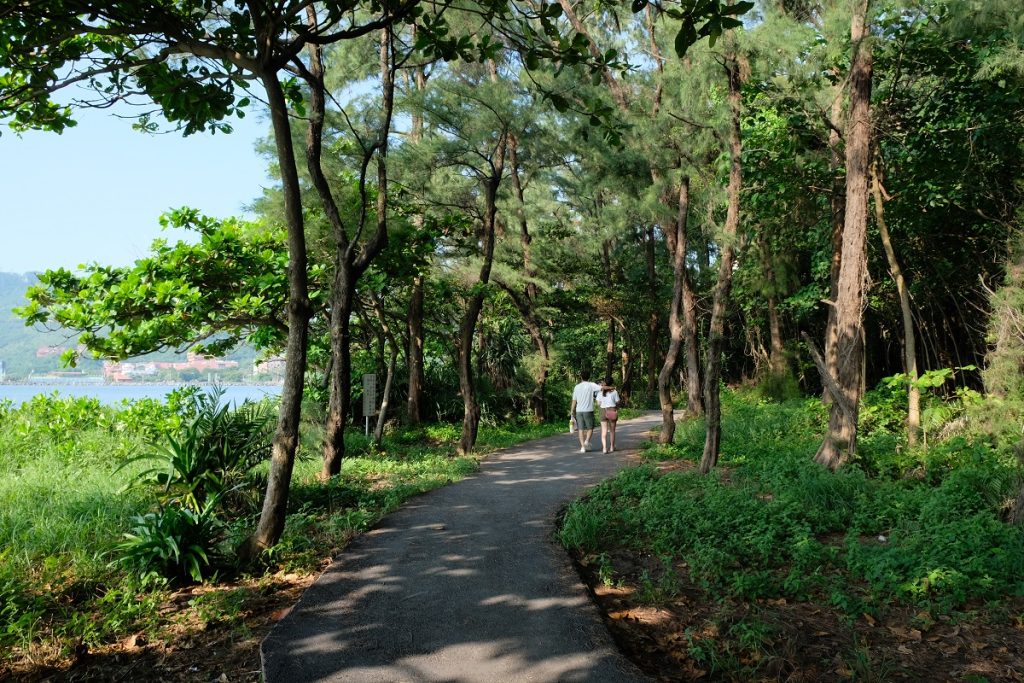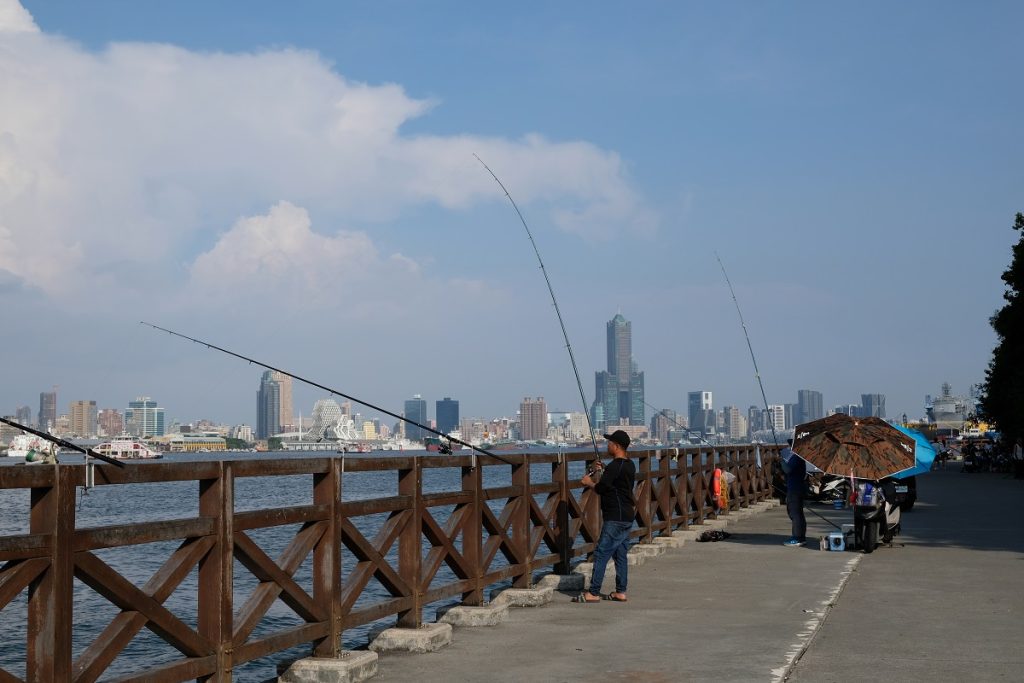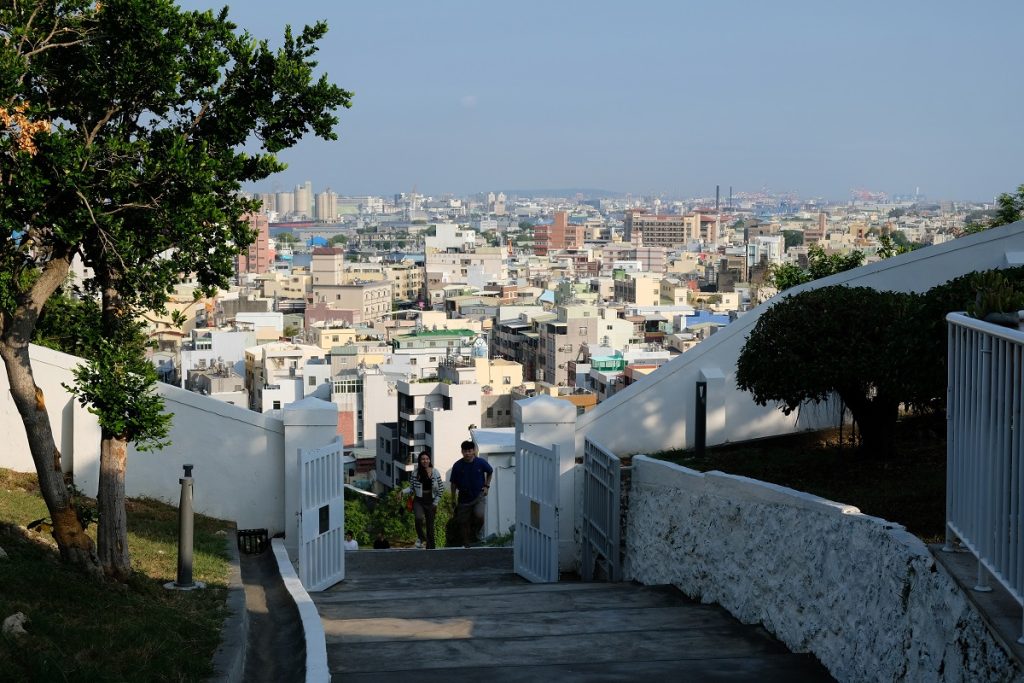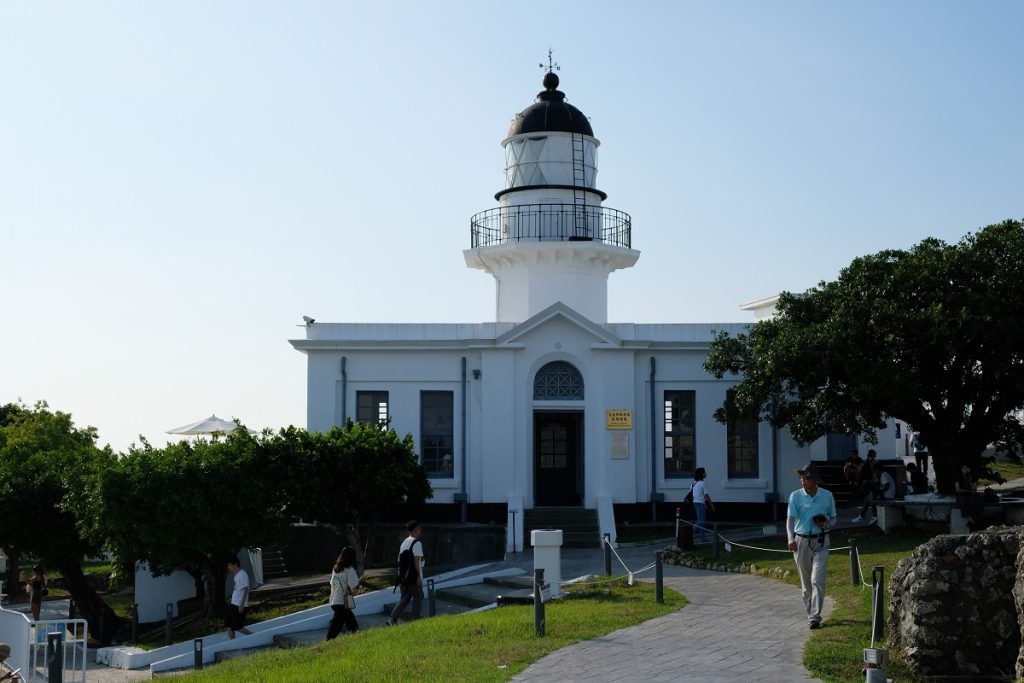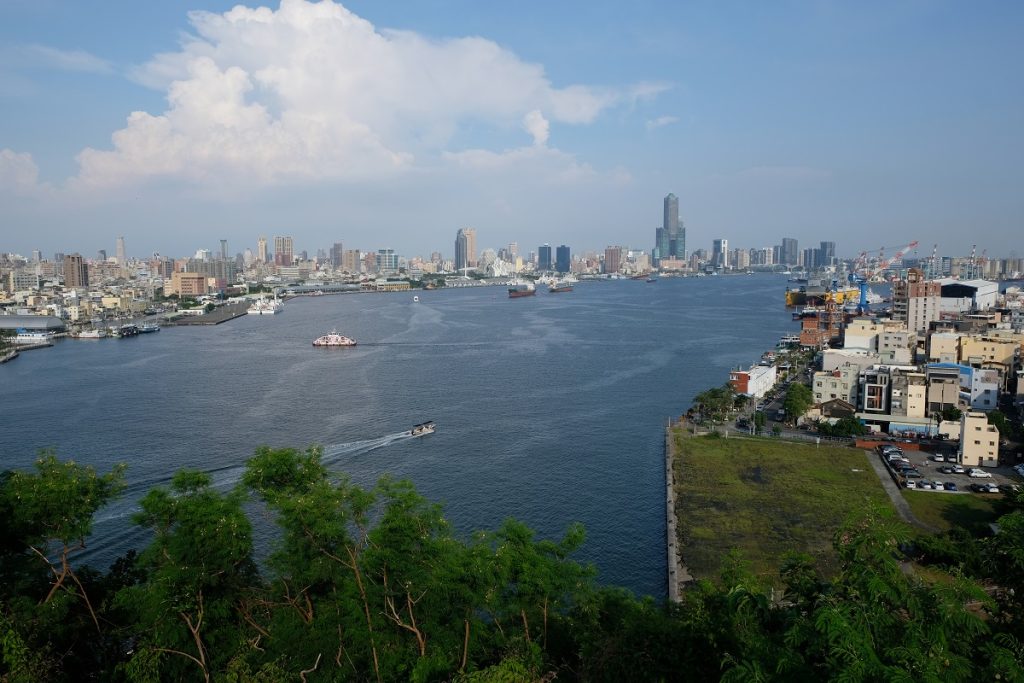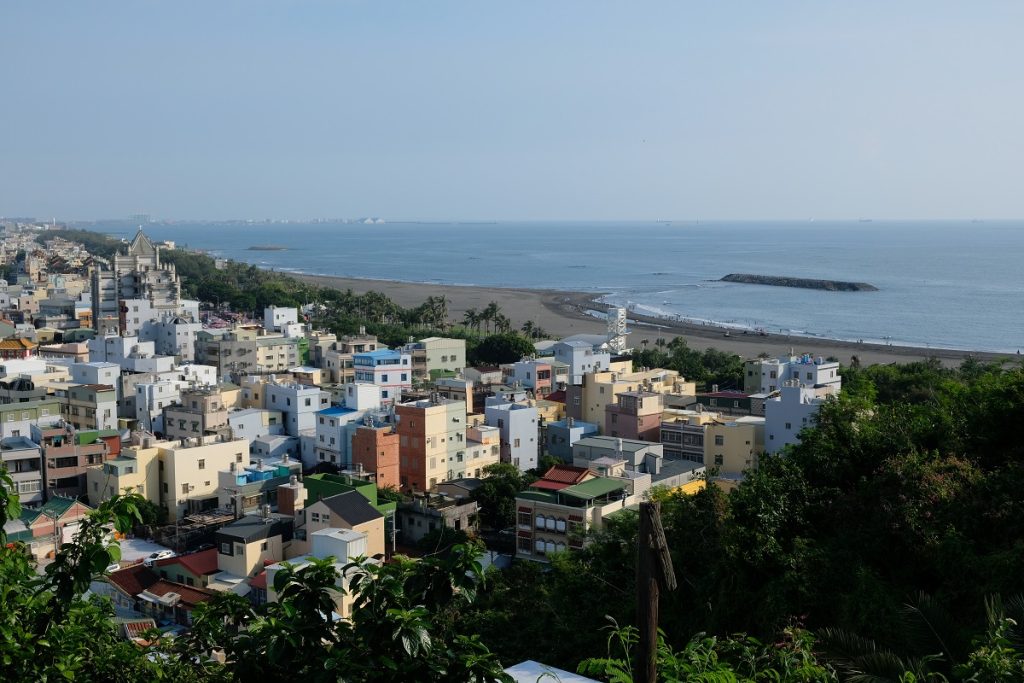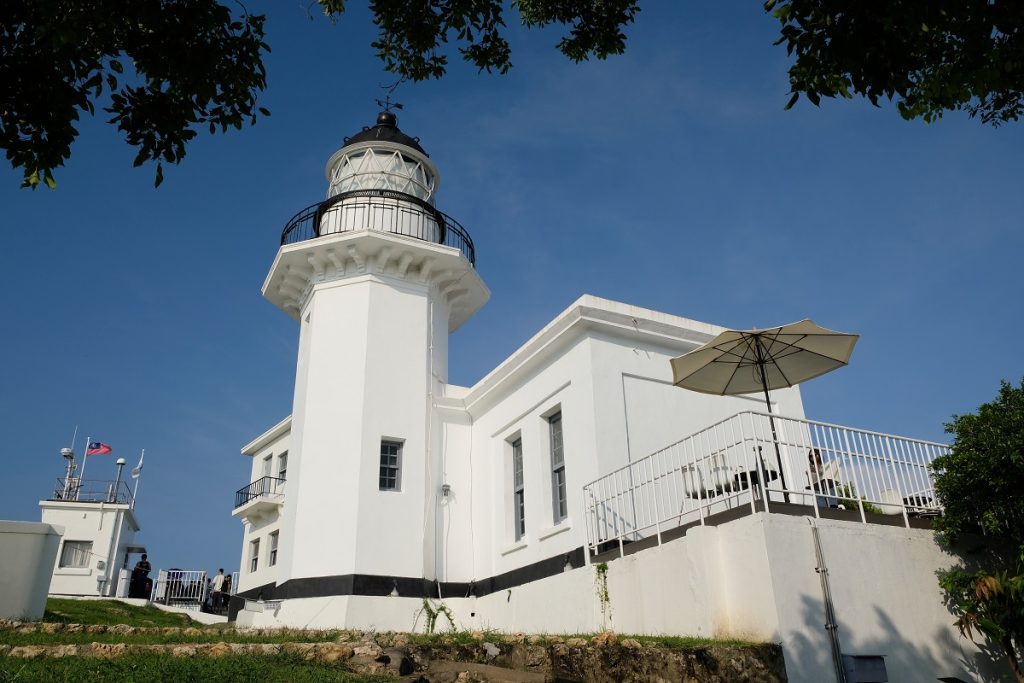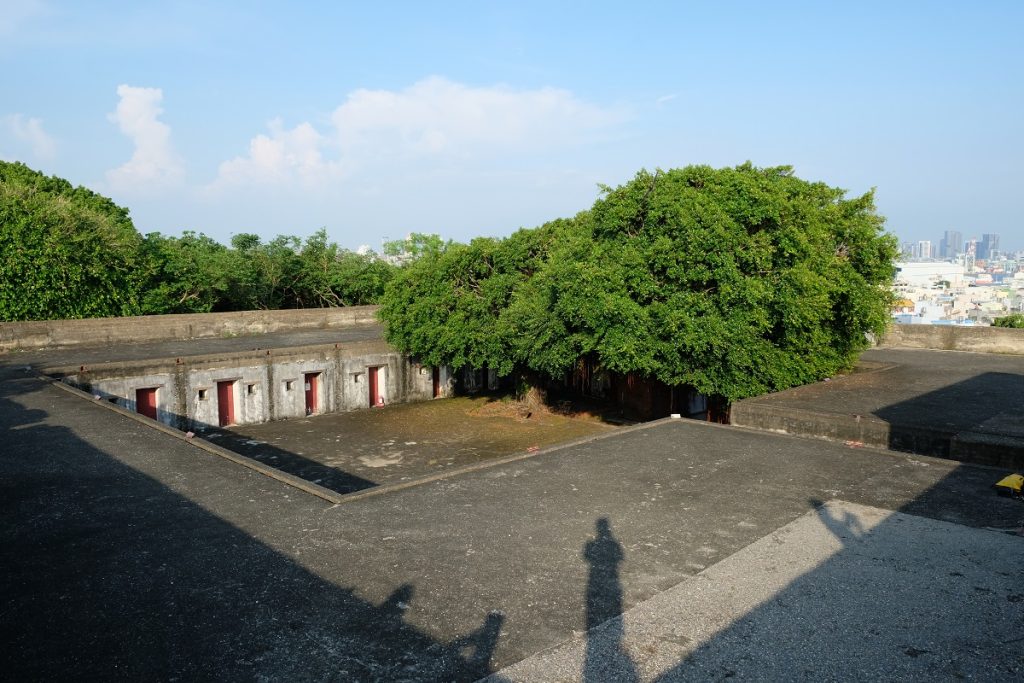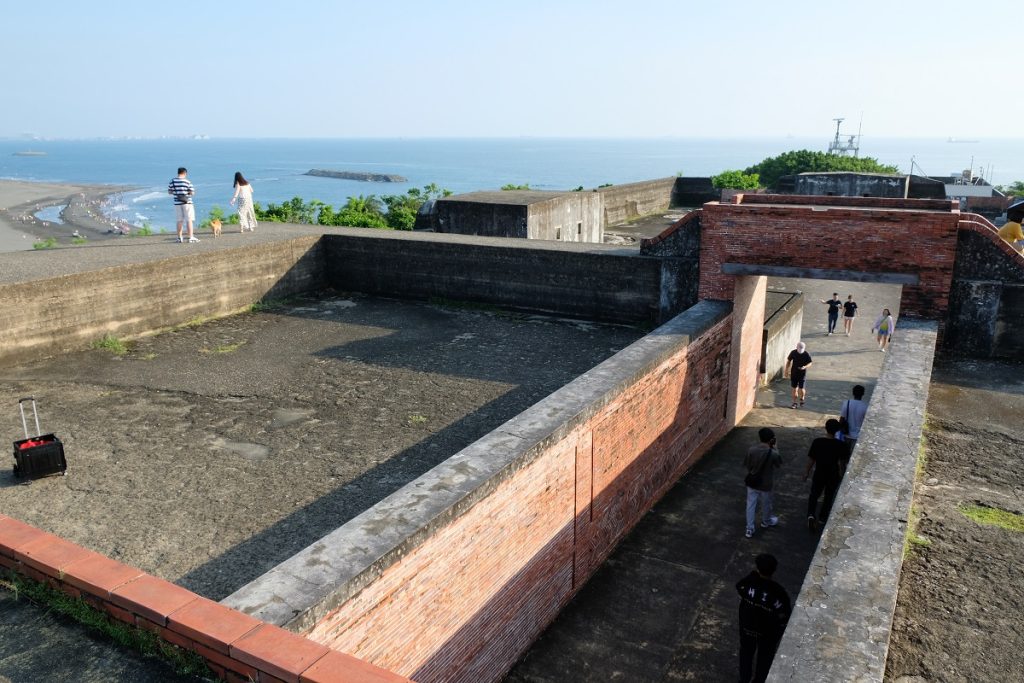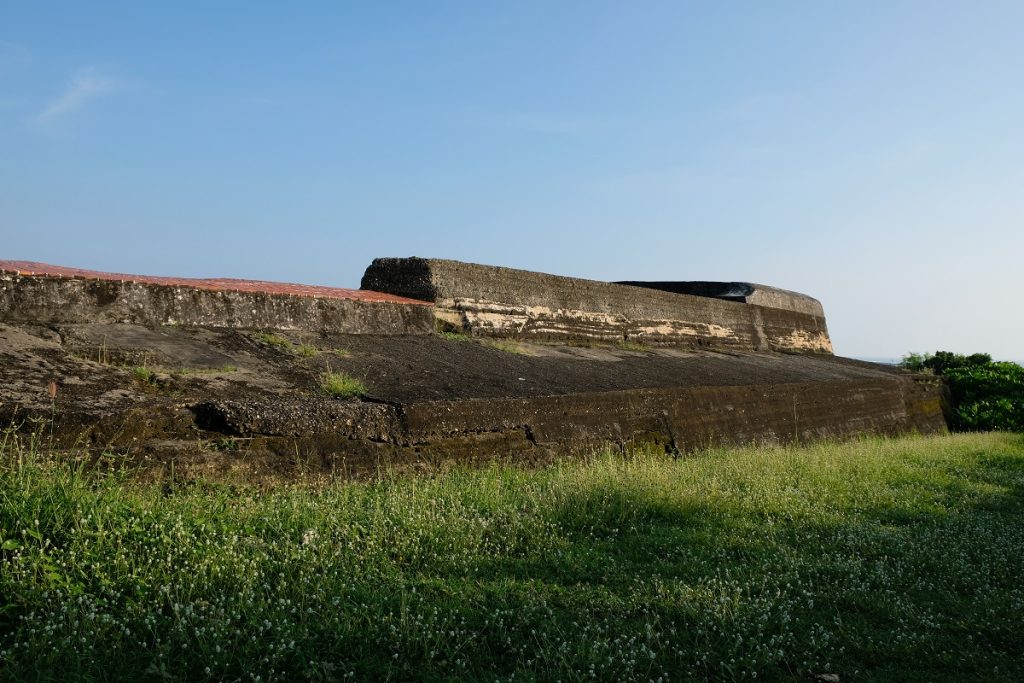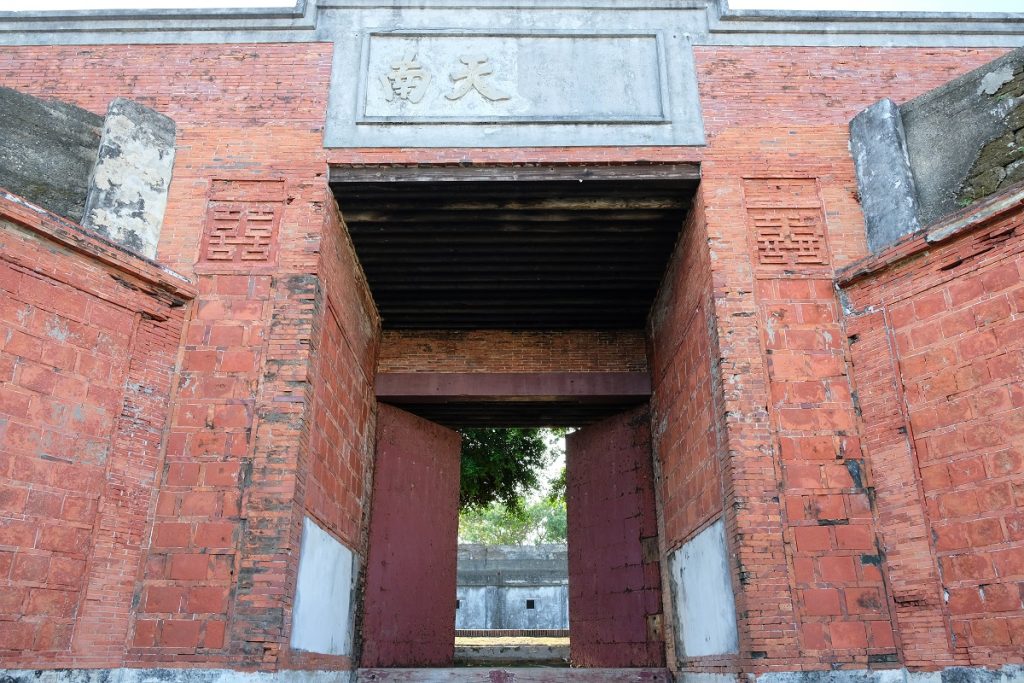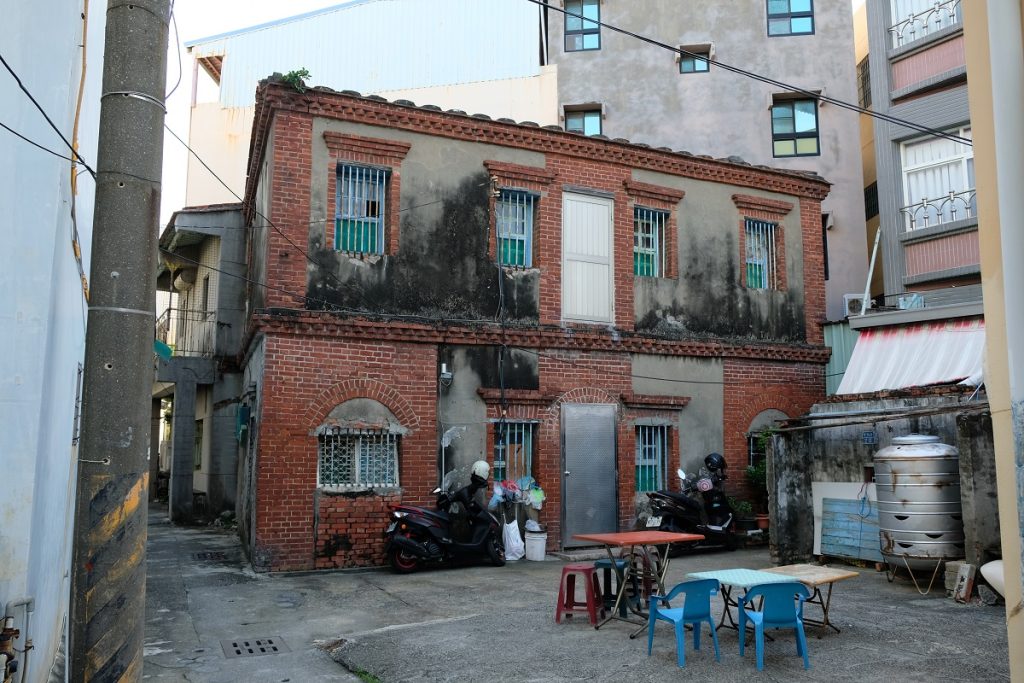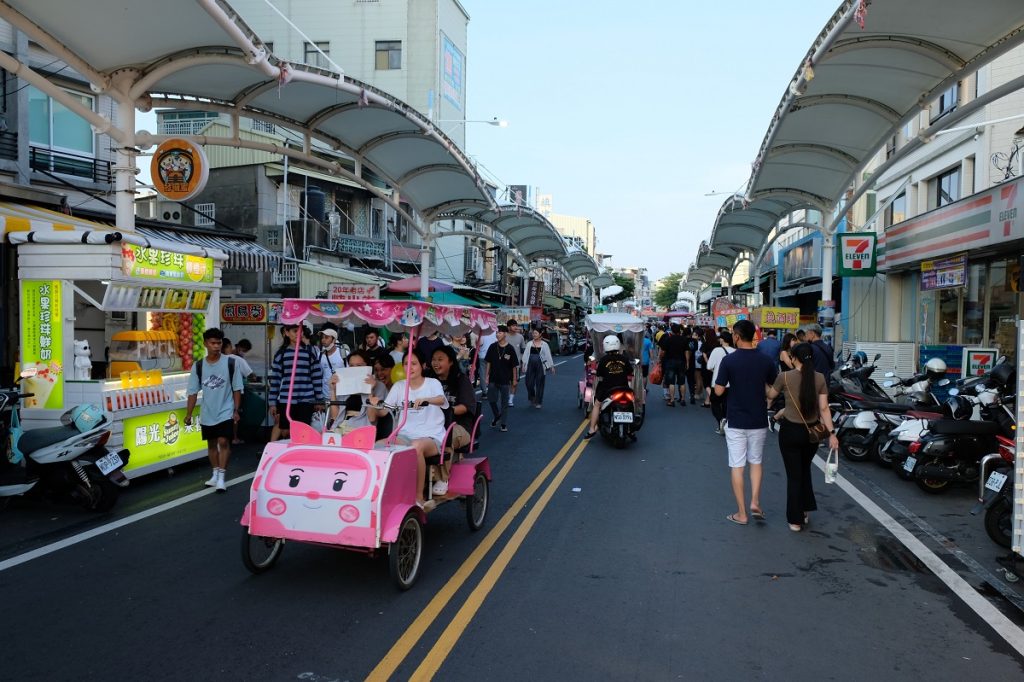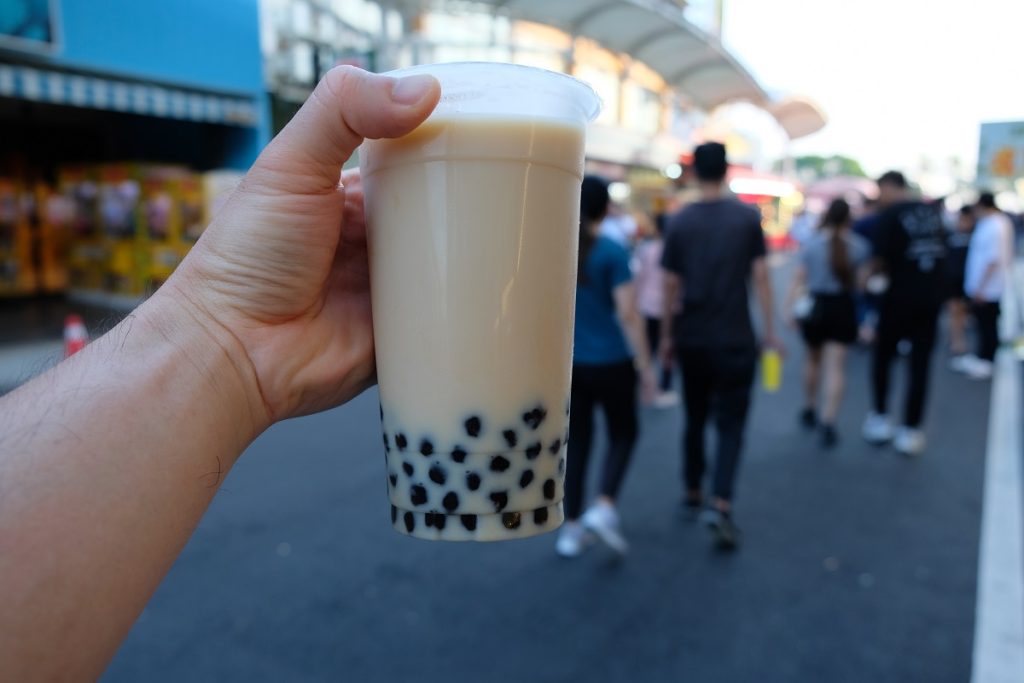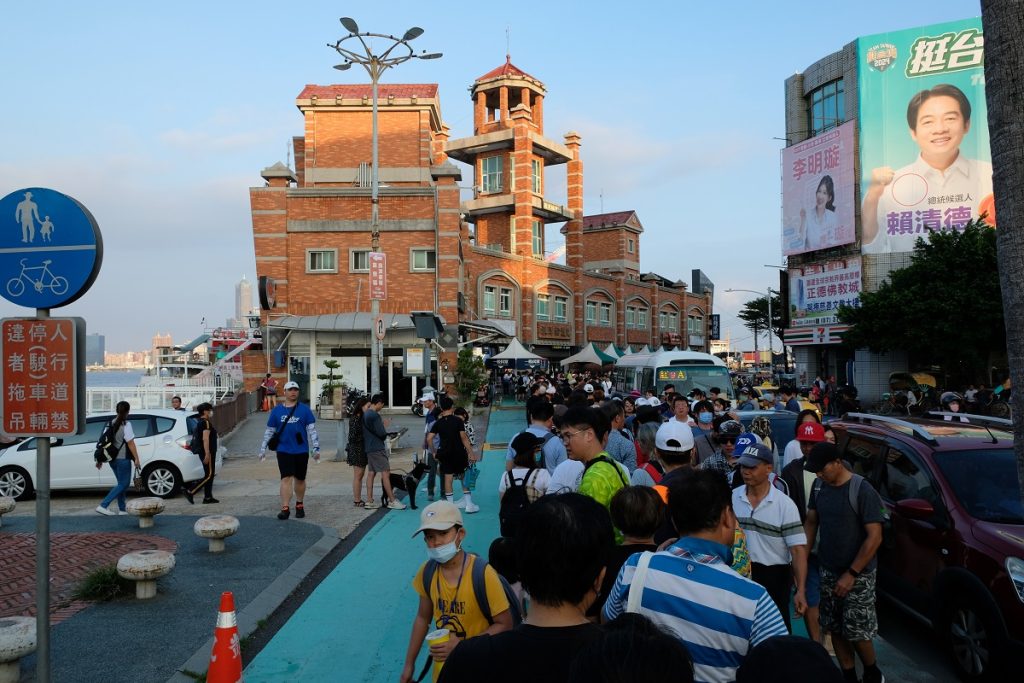
Imagine a city by the sea, prone to the occasionally destructive forces of nature, be it strong gusts or crushing waves. Now picture a small island separating the city from the ocean, providing a natural barrier from the same elements, as if it was a brave child trying to protect his family behind. In the southwestern corner of Taiwan, right across the city of Kaohsiung lies such an island called Cijin. This sliver of land, however, was for a long time connected to the main island, leaving a narrow opening at its northern end as the sole access for ocean-bound ships to enter the port of Kaohsiung. It was only in 1967 that the southern part of Cijin was cut out to create a second entrance to the harbor, effectively making it an island. But its history goes far beyond the rapid industrialization of Taiwan in the second half of the 20th century.
Following the multiple defeats the Qing dynasty suffered during the Opium Wars in the 19th century, China was forced to open many of its ports to foreign trade – mostly to Western powers. Across the strait in Taiwan, the port of Takao (what Kaohsiung was called back then) was also made available for merchants from the West, particularly the British who in 1883 built a lighthouse on the highest point of Cijin. In the early 20th century during the Japanese colonial period, the strategically located structure was then renovated. Today, while it remains actively used, the lighthouse has become an attraction on its own, for its grounds provide a great vantage point of the modern city of Kaohsiung and its ever-changing skyline.
One only has to take the short ferry ride from Gushan at the western end of Hamasen, Kaohsiung’s former Japanese colonial district, to get to Cijin Island. And that was exactly what we and many local tourists did in the sweltering heat of early October 2023. When we arrived at our destination, as soon as we disembarked from the double-decked ferry and walked away from the pier, it was immediately clear why this island was very popular. With a good amount of black sand beaches, a lively night market, and lush hiking paths, it provided an easy escape for city dwellers who wanted a brief change of pace from their daily grind. James and I, of course, headed straight to the lighthouse via a path that took us through a Japanese-era tunnel, a small forest, and a seaside promenade with fishing enthusiasts before it turned to a steep walkway that went up the hill. Although the lighthouse is situated merely about 58 meters above sea level, the heat and humidity had us drenched in sweat by the time we reached it.
Continuing the hike further south of the hill brought us to the 18th-century Cihou Fort which was first built when Taiwan was under the control of the Qing dynasty. Renovated toward the end of the 19th century, the man-made fortification was curiously not used by the Japanese. Then, when the Kuomintang fled China to Taiwan following their defeat at the hands of the Chinese Communist Party forces, the nationalist government saw the strategic importance of the fort and decided to further fortify it. Luckily, it’s a time of relative peace these days. So, when we arrived at the compound, the sound that emanated from its walls was not one of war, but rather friendly banter among visitors who were either wowed by the structure itself, or by the views of the city, or both.
We lingered for quite some time and explored the fort’s many nooks and crannies, before going down to check out the night market. How refreshing it would be to have the bubble tea (also known as boba) after sweating it out, wouldn’t it? We stopped by one of the many stalls selling this famous Taiwanese drink, and I can confirm to you one thing: bubble tea does taste better in Taiwan. With our bodies rehydrated, we made a beeline to the pier to catch the ferry back to town before dark. Even after visiting many parts of Kaohsiung, we were thrilled that the city just kept giving, as evinced by the many things to see on Cijin Island. It’s definitely a place not to be missed.
